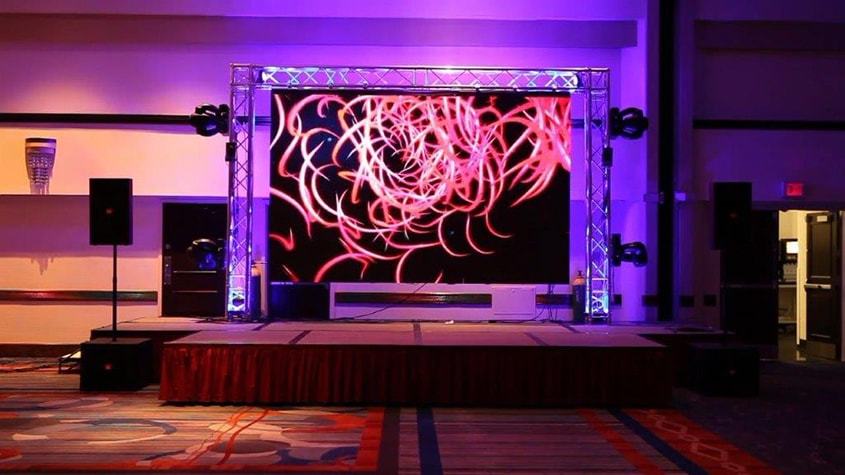Investigating the Essential Factors That Influence Luminance in Light Emitting Diode Wall Panels
Investigating the Essential Factors That Influence Luminance in Light Emitting Diode Wall Panels
Blog Article
LED panel panels are increasingly favored for both advertising and leisure due to their luminous and vibrant images. Understanding the elements that influence the luminosity of these screens is crucial for producers and consumers alike. Brightness is typically measured in candelas, which shows how much light is emitted from the surface of the screen. Numerous key elements contribute to the overall brightness, including the kind of LED used, the caliber of the screen materials, and the energy supplied to the screen.
The kind of Light Emitting Diode chip used in a wall screen plays a crucial role in its brightness. Various Light Emitting Diodes emit differing levels of lumens, which gauge the amount of illumination visible to the mortal eye. High-quality components, such as those made using advanced technology, can produce more luminous illumination with greater effectiveness. Furthermore, the color tone of the LED also affects apparent brightness. For instance, cooler hue temperatures (higher K values) can seem brighter than hotter ones, even at the same light output rating. This feature is important for uses where visibility is important, such as in outdoor advertising.
The substances used in the construction of Light Emitting Diode wall panels also affect their brightness. The kind of substrate and coating materials can influence how much light is conducted versus how much is absorbed or dispersed. For example, a panel made with premium optical material will permit more light to flow through than one made with lower-grade materials. Additionally, the configuration of the panel, including its depth and the arrangement of the Light Emitting Diodes, can improve or diminish luminosity by affecting how illumination is distributed across the panel.
The power supply provided to the Light Emitting Diode wall screens is another critical element in determining luminosity. Each LED component has a specific electric potential and current need for ideal performance. If led wall screen rental the energy supply falls short, the luminosity of the panel will decrease. Conversely, providing too much energy can lead to overheating and decreased lifespan of the Light Emitting Diodes. Therefore, maintaining a stable and adequate energy supply is crucial discover this info here for realizing consistent luminosity levels. This is particularly vital in dynamic screens, where luminosity may need to be adjusted for different illumination conditions.
Lastly, environmental elements can affect how brightness is viewed. Ambient light conditions play a major role in how bright an Light Emitting Diode wall panel looks. In bright sunlight, for example, a screen with a lower luminosity rating may struggle to be visible clearly, while a higher-brightness screen can be prominent more efficiently. Additionally, the perspective from which the panel is observed can influence brightness appearance due to how illumination reflects off surfaces. Comprehending these factors helps buyers choose the appropriate Light Emitting Diode wall screen for their needs and ensures that producers produce products that satisfy brightness standards for various uses.